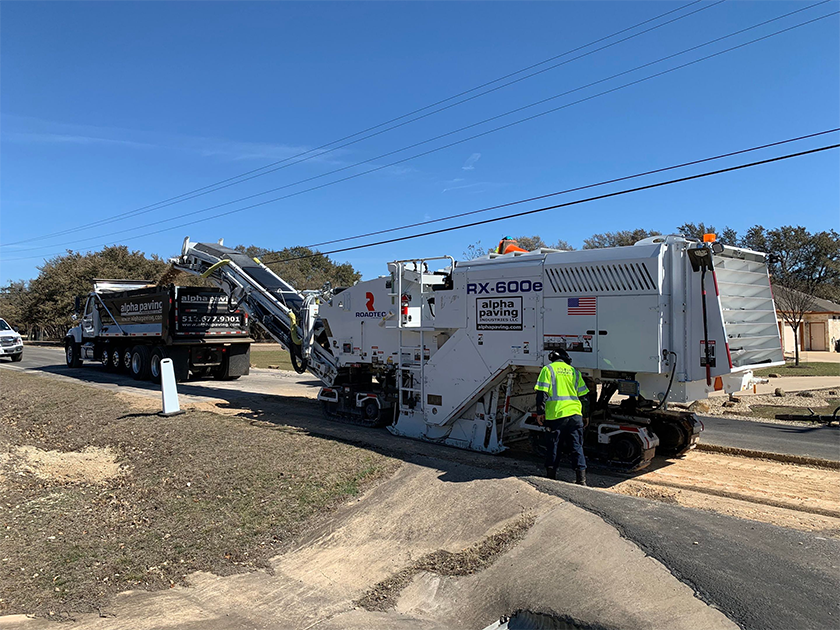What Does A1 Professional Asphalt & Sealing Llc Mean?
What Does A1 Professional Asphalt & Sealing Llc Mean?
Blog Article
A1 Professional Asphalt & Sealing Llc Things To Know Before You Get This
Table of ContentsSee This Report about A1 Professional Asphalt & Sealing LlcExcitement About A1 Professional Asphalt & Sealing LlcSome Ideas on A1 Professional Asphalt & Sealing Llc You Should KnowSome Ideas on A1 Professional Asphalt & Sealing Llc You Should KnowWhat Does A1 Professional Asphalt & Sealing Llc Do?

The oil in a vehicle engine is not just oil. The REOB includes all the additives that were in the waste oil as well as the wear steels from the engine (mainly iron and copper).
By making numerous blends using various REOB examples and different asphalt binders, the variants largely can be averaged out. Numerous States provided samples of known REOB structure to TFHRC scientists, who evaluated the samples to compare the percentage of included (understood) REOB to the discovered (examined) amount. The analyses revealed a similar percent of included and located REOB.
The Only Guide to A1 Professional Asphalt & Sealing Llc
None of those States understood that the asphalt they were purchasing consisted of REOB. One State urged its examples had no REOB - https://zzri1z2o90l.typeform.com/to/BPqH2MM1.
Of the 1,532 samples evaluated, 12 percent had REOB, and some contained substantially high levels of it at 1020 percent. The greatest level was 34 percent in a sample from Texas, which TxDOT had actually used in a patching substance. This testing likewise exposed the presence of phosphoric acid in 11 percent of the samples, and 2 percent had ground tire rubber.
Two years back at TRB's annual meeting, the Federal researchers held an REOB workshop and presented the searchings for of their laboratory evaluations to a standing room-only crowd. Although some companies do not particularly prohibit REOB, they do enforce physical tests that avert its useeffectively a ban. diagonal parking vs straight parking. Others do not outlaw it by spec, however have contracts with asphalt providers to prevent making use of REOB
A1 Professional Asphalt & Sealing Llc - Truths
A handful do allow REOB, some within particular limits. For instance, Ohio and Texas limit degrees to much less than 5 percent of the asphalt. To develop a reliable examination technique that all States can make use of, the TFHRC researchers set up a round-robin test plan. The participants are 11 State freeway agencies (Illinois, Massachusetts, Minnesota, Mississippi, Montana, North Carolina, Oklahoma, South Carolina, Texas, Vermont, and Wyoming), 2 independent screening laboratories, the Ministry of Transportation in Ontario, Queen's University in Ontario, and an Ontario paving service provider.
The individuals are evaluating the samples separately using the standards offered by the TFHRC scientists. The outcome will be a recommended AASHTO test method that any State can embrace and make use of.
The pavement with REOB, which lies 0.6 mile (1 kilometer) from the sidewalk without REOB, has identical subgrade, web traffic thickness, and environment. The sector of Highway655 with 5 to 10 percent REOB revealed considerable cracking. In this example, the presence of REOB was the recognized reason for splitting at a reduced temperature levels.
"In our experience in Canada, also small amounts of 23 percent can be an issue." In a similar way, an area of examination sidewalk in Minnesota (MN1-4) discovered to consist of REOB additionally fractured too soon. The pavement performed well for the first 3 to 4 years, however then began to break. This sidewalk is also subject to low temperature levels.
Indicators on A1 Professional Asphalt & Sealing Llc You Should Know
The tests were not considerable, yet they revealed that at levels of 6 percent or more, the tensile toughness of the asphalt went down significantly. At a level of 3.5 percent REOB, the variation in the physical test approaches was higher than the impact of REOB. As a matter of fact, it was difficult for researchers to evaluate whether REOB was present.

One binder criterion taken into consideration is the difference between the reduced temperature level essential requirements temperature level for rigidity (S) in the flexing beam of light rheometer and the bending beam rheometer creep slope (m-value) kept in mind as Tcritical. 2 independent study teams, one from AASHTO and the other from the Asphalt Institute, wrapped up that more research study is required on the usage of REOB in asphalt.
Previously, all asphalt screening determined design visit here buildings such as stiffness. These examinations do disappoint what products had actually been included in the asphalt. One sample received during the TFHRC research study had a really unusual analysis. The sample had the following examination results: Superpave PG 64-28 with a high temperature quality of 67.3 Tcritical on the flexing light beam rheometer was 6.7 levels Celsius.

About A1 Professional Asphalt & Sealing Llc
These results show there are weaknesses in the standard design testing protocols that might be exploited. The manufacturer may have a financial advantage and the product passes all the standard examinations, but the product may not be useful to ensuring long-term efficiency. To address this problem and the growth of new asphalt additives and extenders, TFHRC is starting a research study program to make use of portable spectroscopic tools, x-ray fluorescence spectroscopy, and Fourier change infrared spectroscopy to make it possible for evaluations to be carried out in the field instead of having to take samples back to the lab.
Report this page